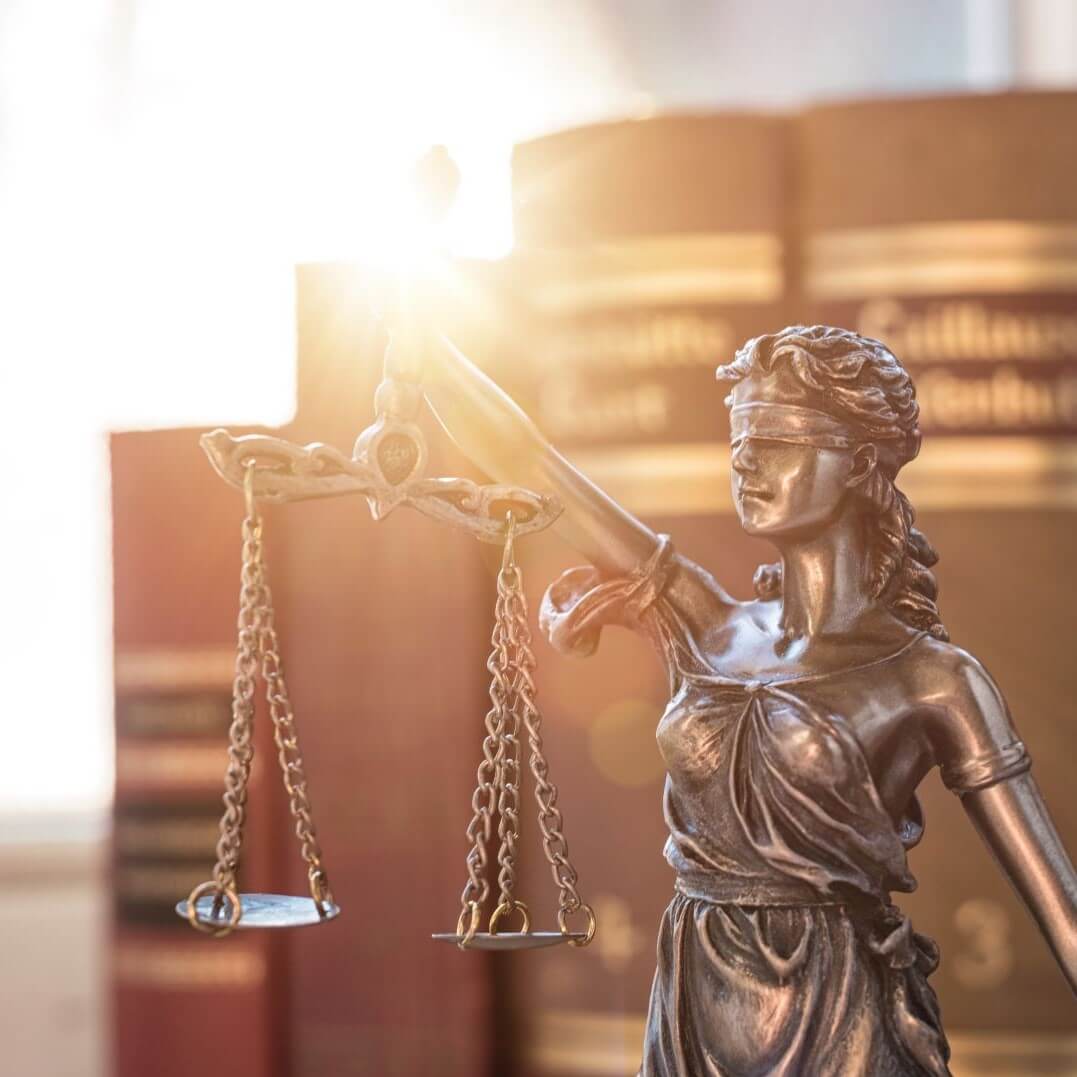
When Kim Kardashian announced her desire to become a lawyer without going to law school, the reactions were mostly summed up in three questions: How? Why? Is that even possible?
While many assumed that Kardashian’s effort to practice law without attending law school is just another quirk of the attention-seeking celebrity, her path to lawyerdom is not only legit, but it is also smart and cost-effective.
Kardashian is working toward becoming an attorney under an obscure California rule that allows “students” to “read law” much as Thomas Jefferson and Lincoln did, studying at the elbow of an experienced lawyer.
Reading the law—essentially a leftover system that precedes the traditional legal education of modern America—allows aspiring lawyers to prepare for the bar without ever setting foot in or paying for a law school.
California is one of a handful of states that offer apprenticeships in lieu of a law degree as a prerequisite to sit for the bar. In Vermont, Virginia, Washington, and California, law readers require at least three years of apprentice work under a seasoned attorney. (In California, law readers also have to take monthly exams, submit bi-annual progress reports to the State Bar, and pass a “baby bar exam” after the first year of apprenticeship.) New York, Wyoming, and Maine require a mix of law school and apprenticeship.
While nowadays mostly obscured by traditional legal education, apprenticeships were once the only way to become a lawyer, before the prevalence of law schools in the 1870s.
In fact, a number of great lawyers in American history were ‘law readers’ including John Adams, Chief Justice Marshall, Justice of the Supreme Court Strom Thurmond, U.S. Senator and South Carolina Governor Benjamin N. Cardozo, Governor of Virginia Patrick Henry, and Secretary of State Daniel Webster.
Reading the law began to fade in the late 1870s when law schools emerged as a more uniform alternative and the American Bar Association began pressing states to limit admission to the Bar to law readers.
The earliest law schools worked in tandem with apprenticeships, a practice that is quietly having a comeback.
The practice of reading the law remains underpopulated. According to the National Conference of Bar Examiners, of the 83,986 people who took a state or multistate bar exams in 2013, only 60 were law office readers.
However, at a time when many legal experts are questioning the value of law school, which is often seen as an exorbitant racket that condemns students to years of staggering debt, apprenticeships seem like a reasonable alternative that makes legal education affordable and available to everyone. Moreover, apprenticeship will spare many fresh-faced students from being sucked into the vicious circle of Biglaw and spending years toiling for endless hours of draining unfulfilling labor.
But there are obstacles. None of the states that offer this alternative help law readers locate a supervising lawyer. Also, finding a supervising attorney willing to take on the responsibility of educating a new lawyer can be arduous. Bar passage rates for law readers are also dismal. In 2013 only 17—or 28 percent—passed the bar, compared with 73 percent for students who attended ABA-approved schools.
“The A.B.A. takes the position that the most appropriate process for becoming a lawyer should include obtaining a J.D. degree from a law school approved by the A.B.A. and passing a bar examination,” Barry A. Currier, managing director of accreditation and legal education for the group, told the New York Times.
Not everyone is a fan of the alternative path to becoming a licensed lawyer.
The President of the Virginia Board of Bar Examiners, Robert E. Glenn, told the Times that the apprenticeships are nothing but a cruel hoax.
“It’s such a waste of time for someone to spend three years in this program but not have anything at the end,” Glenn said.
A former apprentice dropped out after her third year of study. The stumbling block was the first-year exam, the so-called baby bar required of all those in California who study outside of law schools accredited by the A.B.A or state’s Committee of Bar Examiners.
Apprenticeship is also largely frowned upon by the ABA, which believes that nothing should be substituted for a good “old-fashioned” law school education.
“States have simply carried forward an ancestral method that predated the bar exam,” Erica Moeser, President of the National Conference of Bar Examiners, said in an interview with The Christian Science Monitor.
Still, for some, this unconventional path has a lot of appeals. As a law reader, spending years in lecture halls is replaced with spending time in courtrooms and with clients—experience most law school students might only get during a semester of clinical practice.
“I didn’t just want to up and quit my job and go to law school and become a student again,” Megumi C. Hackett, a paralegal in Vancouver, Wash. told the Times, who is studying under the tutelage of Jon J. McMullen, a criminal defense attorney.
“It has been a hell of a lot of work,” Mr. McMullen told the Times. “I’ve had to reacquaint myself with stuff I wish to God I didn’t have to think about again.” Rules are different in each state, but supervising attorneys are expected to instruct their apprentices in all areas of law covered by their state’s bar exam and administer and grade tests.
“It does take a lot of time and effort,” said D.R. Dansby, the Virginia lawyer supervising Mr. Fehrenbach. Mr. Dansby, who read law in the late 1970s, has mentored three lawyers through the state’s program, each passing the bar on the first attempt.

